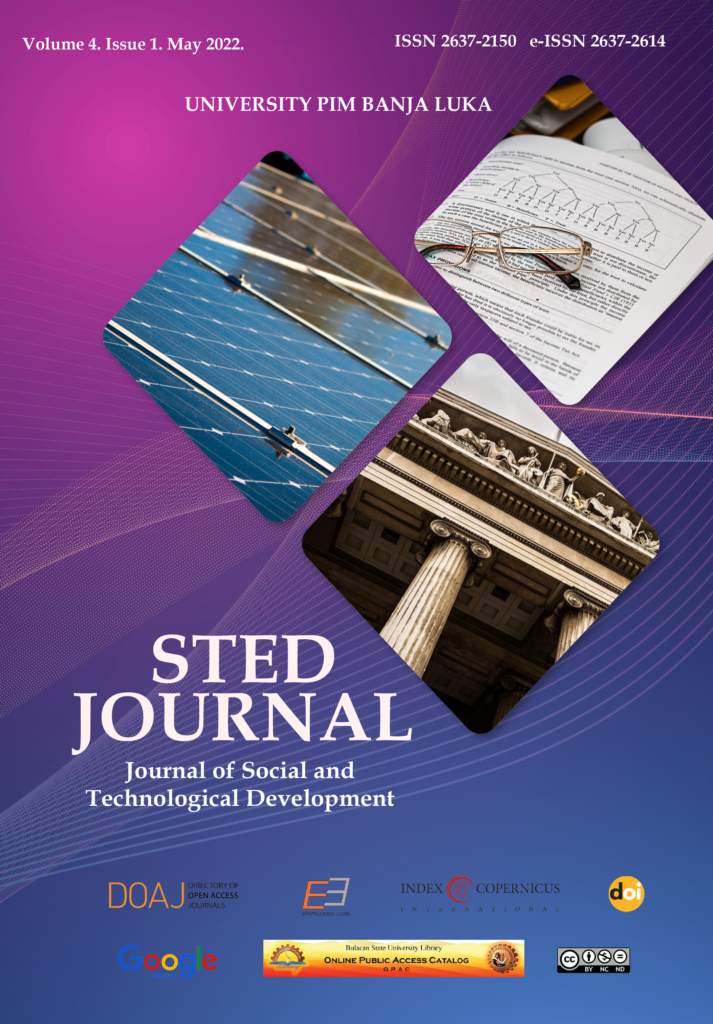COLLABORATION IN DISASTER RISK REDUCTION OF MOUNT MERAPI IN SLEMAN
DOI:
https://doi.org/10.7251/STED2201083MAbstract
The main focus of disaster management is currently on disaster risk reduction activities. Mount Merapi in Indonesia is one of the most active volcanoes in the world with a four-year eruption cycle. The local government of the Sleman Regency has made several efforts to reduce the risk of impacts from the eruption of Mount Merapi. These efforts involve various elements in society. The purpose of this research is to identify the efforts made by the Sleman Regency Government in reducing the risk of the eruption of Mount Merapi and the factors that influence it. This research uses descriptive qualitative research methods with informants coming from the government, volunteers and the community. The findings of this study are the activity of risk reduction of eruption Merapi Mount in Sleman consists of physical and non-physical mitigation. Physical mitigation includes the construction of the Merapi Sabodam, construction of the Early Warning System, determination of evacuation routes and construction of refugee shelters. Non-physical mitigation includes the preparation of a contingency plan for the eruption of Mount Merapi, the formation of Destana (Disaster Resilient Village), the sister village and sister school program, the establishment of a disaster safe education unit, the establishment of the Operational Unit and the Implementing Unit for disaster management. The program is run by the government along with non-state actors to be affected by the starting conditions of each party, ability to combine the resources owned by each party, to shared information and commitment to a common purpose.

